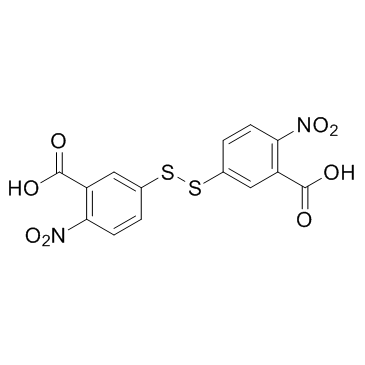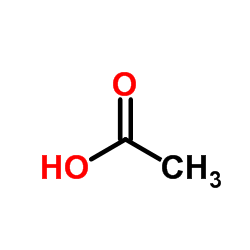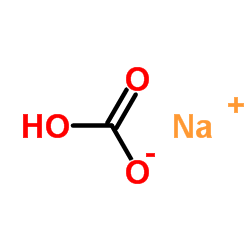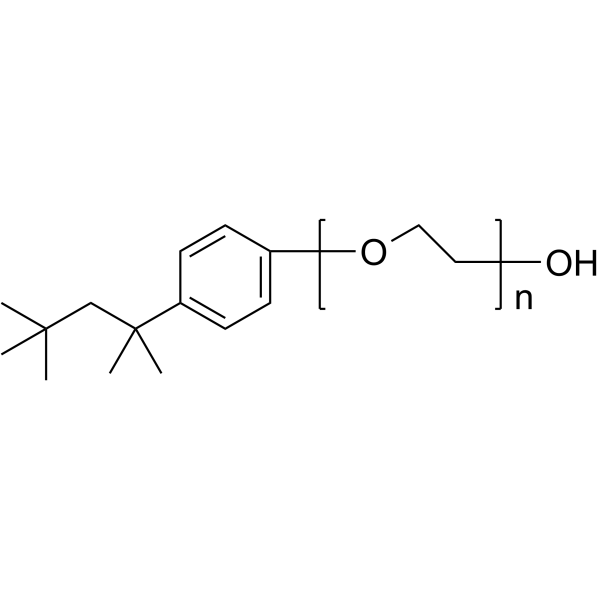| Structure | Name/CAS No. | Articles |
|---|---|---|
 |
Sodium hydroxide
CAS:1310-73-2 |
|
 |
Ethanol
CAS:64-17-5 |
|
 |
Hydrochloric acid
CAS:7647-01-0 |
|
 |
Aqueous ammonia
CAS:1336-21-6 |
|
 |
DTNB
CAS:69-78-3 |
|
 |
3-Ethyl-2,4-pentanedione
CAS:1540-34-7 |
|
 |
acetic acid
CAS:64-19-7 |
|
 |
SodiuM bicarbonate
CAS:144-55-8 |
|
 |
sodium dihydrogenphosphate
CAS:7558-80-7 |
|
 |
Triton X-100
CAS:9002-93-1 |